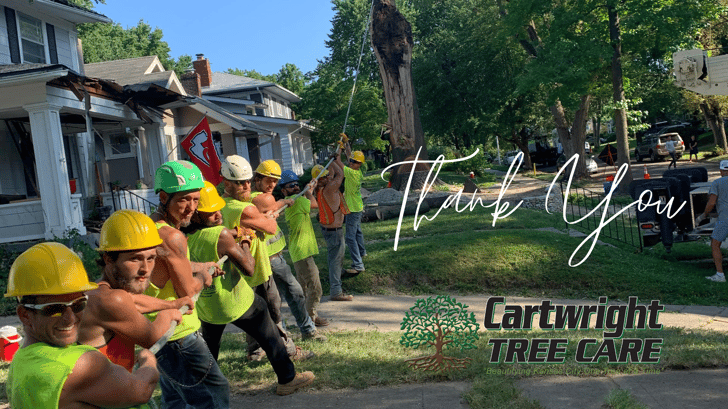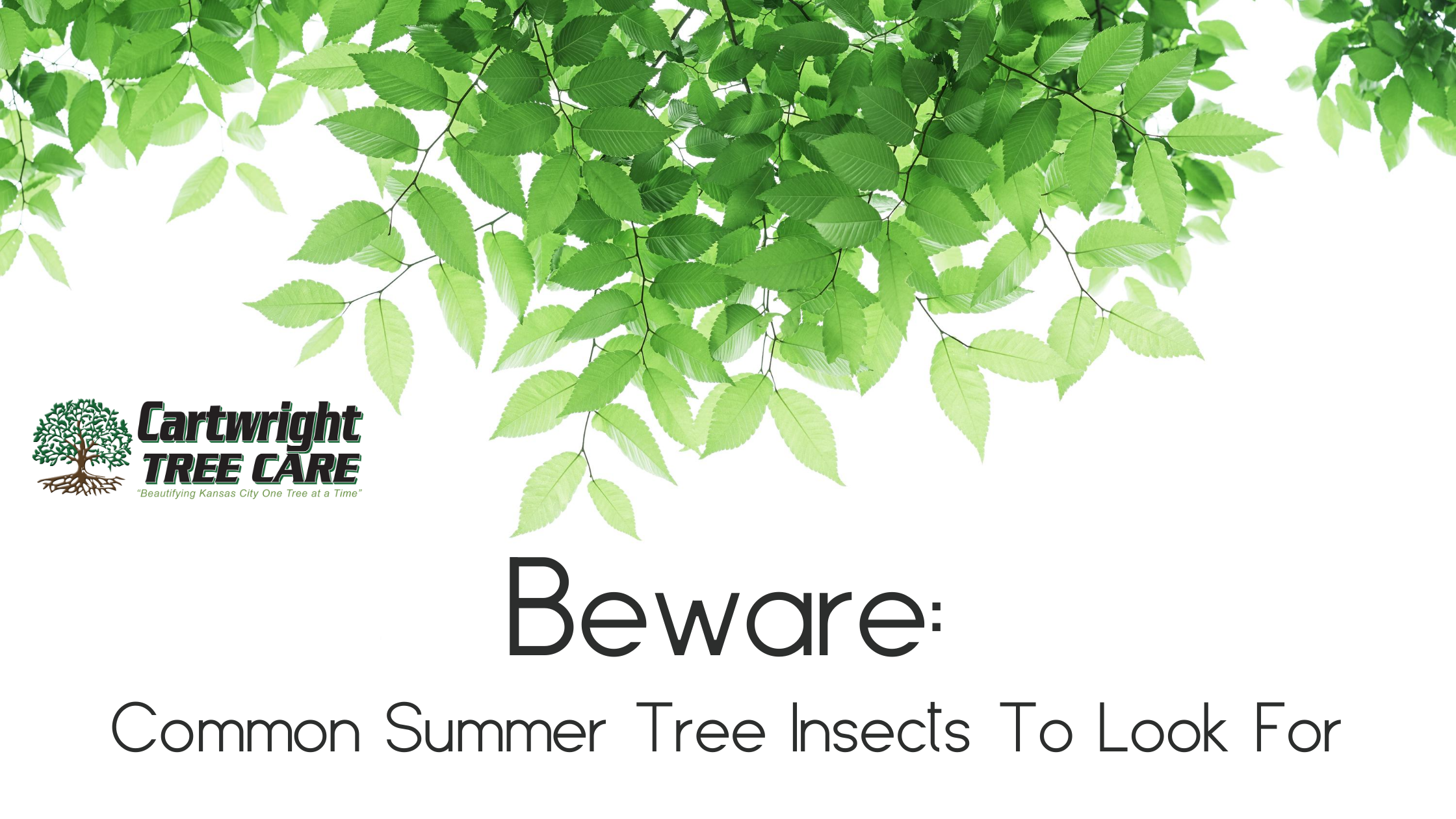
We are well into the growing season, and our trees are pleased to show off their beautiful appearance in Kansas City. Our urban streets are lined with voluptuous trees - bringing back that magical feel to our already fantastic city!
But wait, are those curling leaves? What is that flying around? Do those look like holes in the bark? Why are the leaves brown? Why are all the needles dropping? These are all questions that many homeowners in Kansas City ask during the spring and summer months when their trees are more susceptible to insects.
If you’ve seen something odd on your trees, or have found yourself muttering the questions above, Use the checklist below to pinpoint what insect- if any, could be damaging your trees and how to stop it.
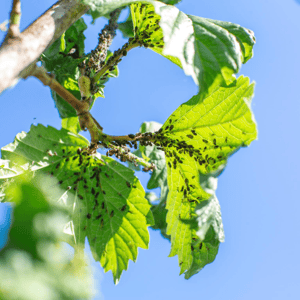
First on the list are Aphids, these tiny sap-sucking insects are known as “jumping plant lice.” They feed on trees leaves and stems, preventing proper
nutrients and sunlight intake and causing premature leaf drop. You can use horticultural soap or insecticides to control, but it is crucial to speak with an arborist to spot something unordinary.
Symptoms: Leaf curling, twig dieback, a sugary substance called “honeydew,” black, sooty mold, and stunted growth.
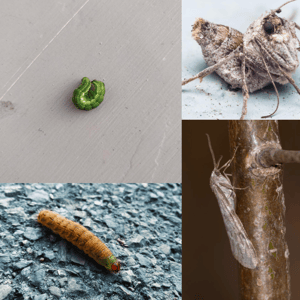 The second runner up is Cankerworms, and this destructive caterpillar loves to eat! They eat the leaves, one of the essential parts of a tree, stripping the tree of its nutrients needed for survival. The most common victims include elm, oak, apple, maple, linden, beech, cherry, hickory, and ash. These guys are a little tricky to treat. To prevent cankerworms, insert an insecticidal band around your tree and, in the spring, apply pesticides to remove any cankerworms that made their way to the leaves.
The second runner up is Cankerworms, and this destructive caterpillar loves to eat! They eat the leaves, one of the essential parts of a tree, stripping the tree of its nutrients needed for survival. The most common victims include elm, oak, apple, maple, linden, beech, cherry, hickory, and ash. These guys are a little tricky to treat. To prevent cankerworms, insert an insecticidal band around your tree and, in the spring, apply pesticides to remove any cankerworms that made their way to the leaves.
Symptoms: Chewed, ragged-looking leaves that fall prematurely in spring.
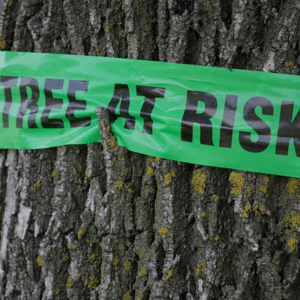
The third is Kansas City’s worst nightmare, the Japanese Beetle. This flying, feeding beetle has wreaked havoc on our ash trees for several years. They
love to feed on trees leaves in the warm, sunny summer weather. These pests often eat the entire leaf, leaving behind only the skeleton. If your tree is already invested with Japanese Beetles, your best option would be to contact a professional like the ones at Cartwright Tree Care and have the tree removed, so the beetles do not infest nearby ash trees. If your tree is still not infested with beetles and you would like to keep it that way. Contact us at today. Click here!
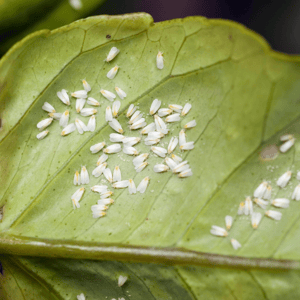 Fourth is the whitefly, and this un-welcomed flying pest sucks plant sap from new, tender tree leaves. You can rid whiteflies by using horticultural oil treatment or yellow sticky traps. Whiteflies pose no immediate threat and may be controlled by other predatory insects. Just let nature take its course here! Easy enough!
Fourth is the whitefly, and this un-welcomed flying pest sucks plant sap from new, tender tree leaves. You can rid whiteflies by using horticultural oil treatment or yellow sticky traps. Whiteflies pose no immediate threat and may be controlled by other predatory insects. Just let nature take its course here! Easy enough!
Symptoms: Yellow spots or curling on new leaves, premature leaf drop, a sugary substance under the tree, black fungus, and lots of ants.
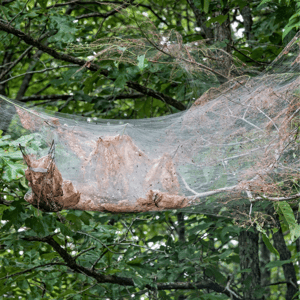 Finally, the gross bagworms we see everywhere in the Midwest. These camouflaged pesks consume on trees leaves, often unnoticeable until severe damage occurs. The most common victims include Juniper, arborvitae, cedar, spruce, honey locust, linden, willow, maple, oak, birch, elm, poplar. They are simple to treat, grab a ladder and handpick, and destroy all the bags. If you are NOT touching those bags or just not climbing on a ladder, call your local arborist.
Finally, the gross bagworms we see everywhere in the Midwest. These camouflaged pesks consume on trees leaves, often unnoticeable until severe damage occurs. The most common victims include Juniper, arborvitae, cedar, spruce, honey locust, linden, willow, maple, oak, birch, elm, poplar. They are simple to treat, grab a ladder and handpick, and destroy all the bags. If you are NOT touching those bags or just not climbing on a ladder, call your local arborist.
Cartwright Tree Care offers tree trimming and pruning, and tree removal, in the Kansas City Metro Area, including surrounding Johnson County areas!. 24/7 emergency service. Call us today at 816-965-6758!
